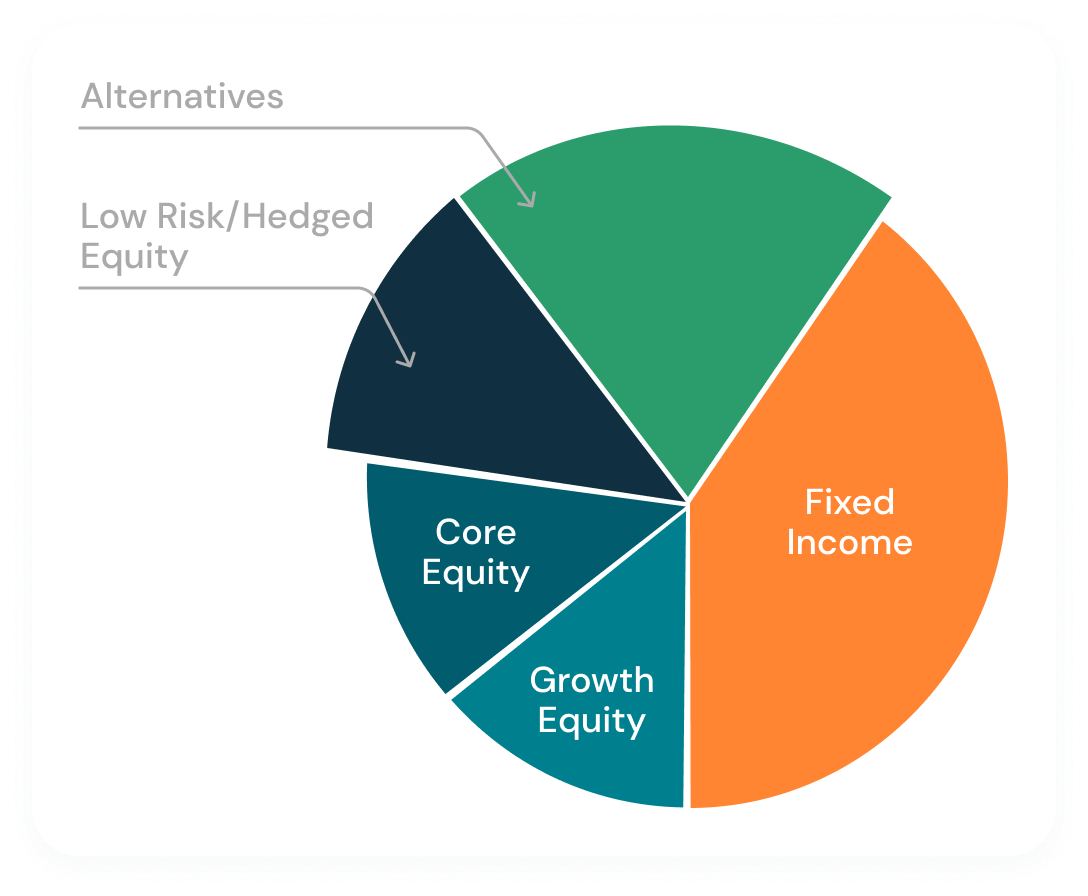Equities offer promising growth potential for investments, but equities can be severely affected by events that are difficult to predict. Losses can have a greater impact on investments than gains, because the money left after the loss has to work harder just to get back to the original levels.
The Fund offers an innovative approach that seeks to strike the right balance: aiming to provide a persistent cushion against potential equity losses while allowing investors to participate in some of the potential growth opportunities that equities provide.



